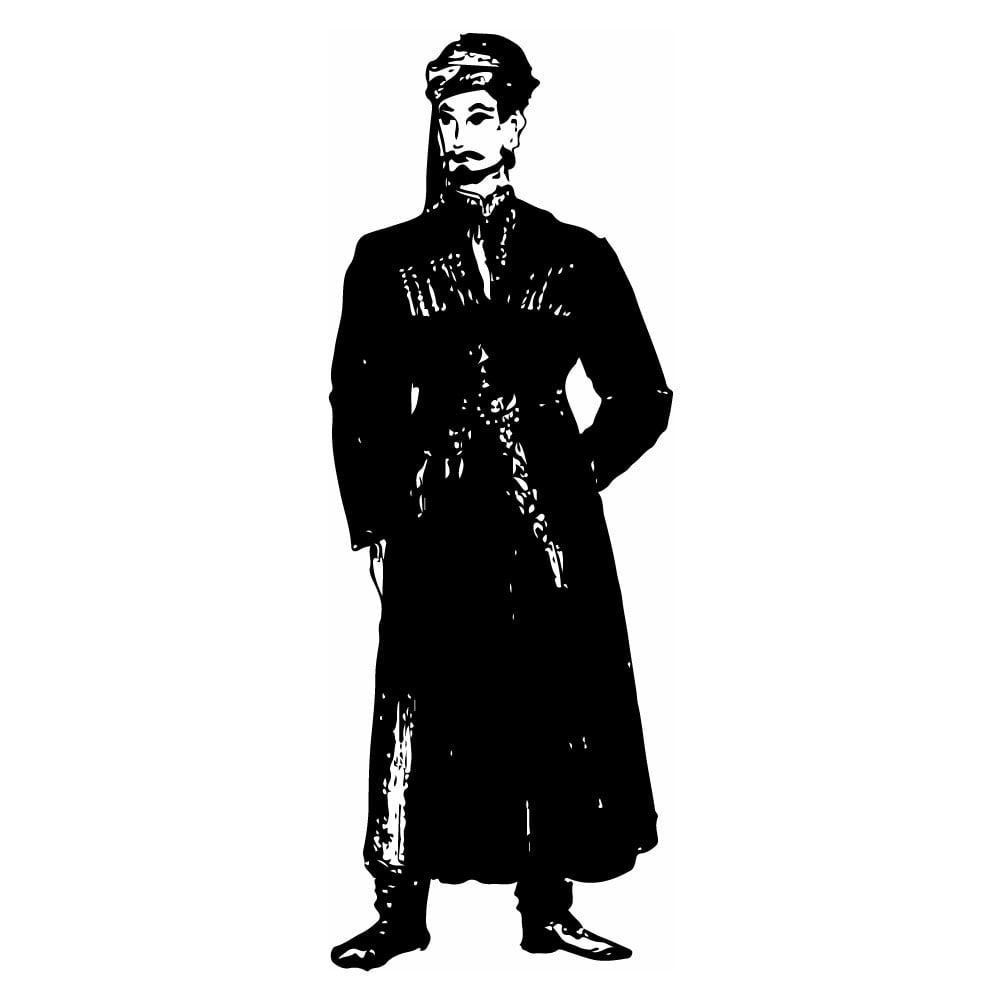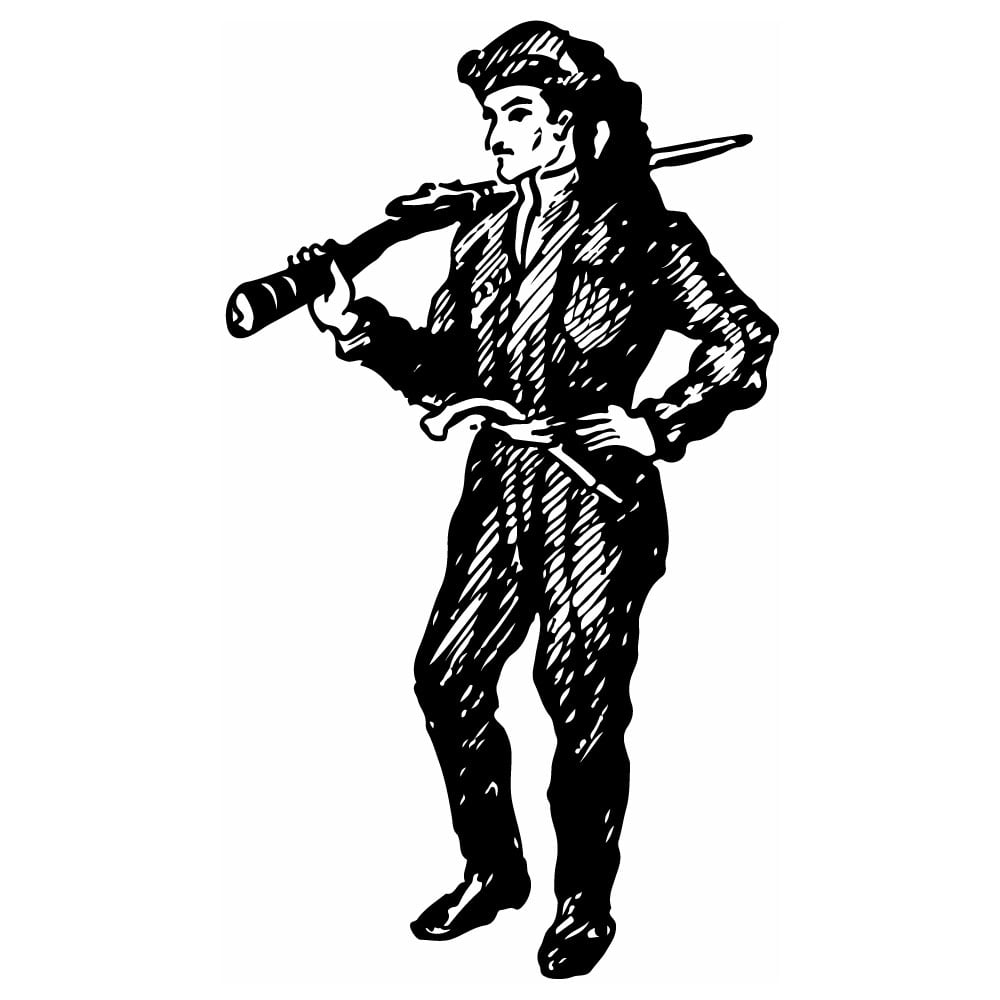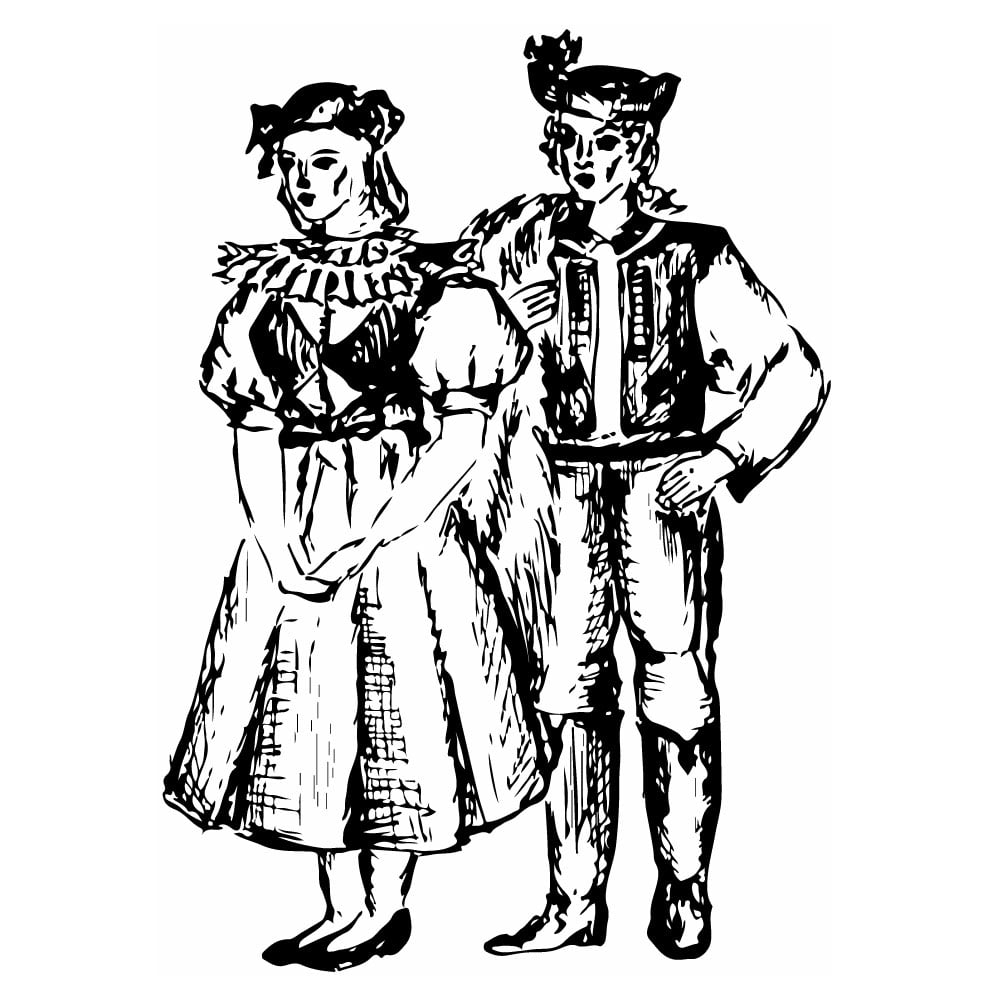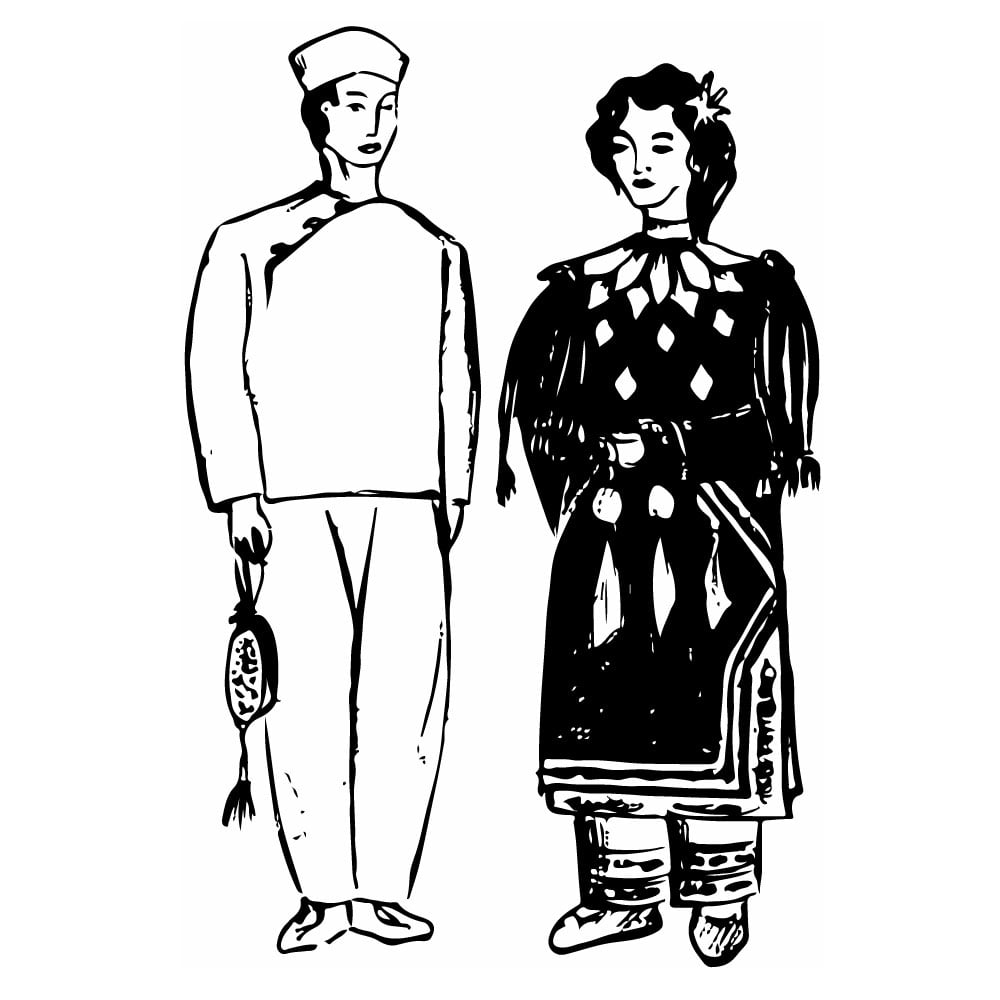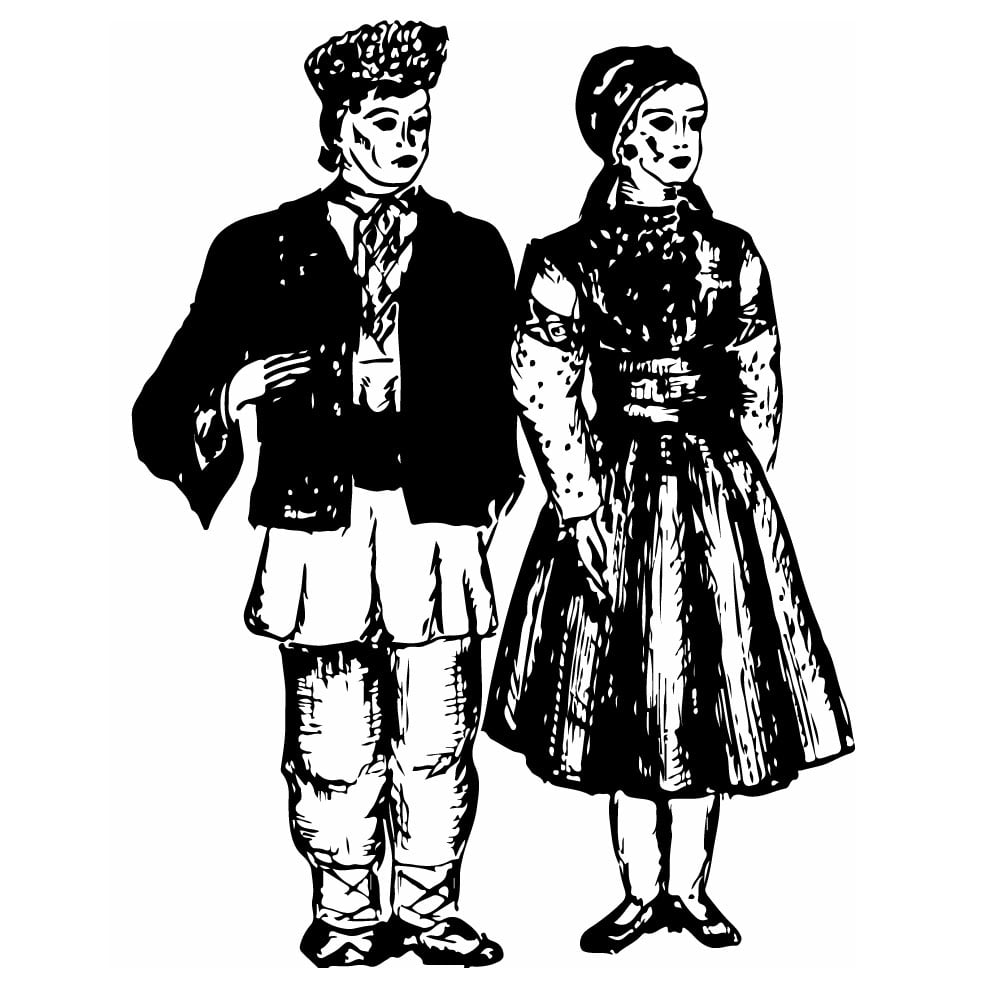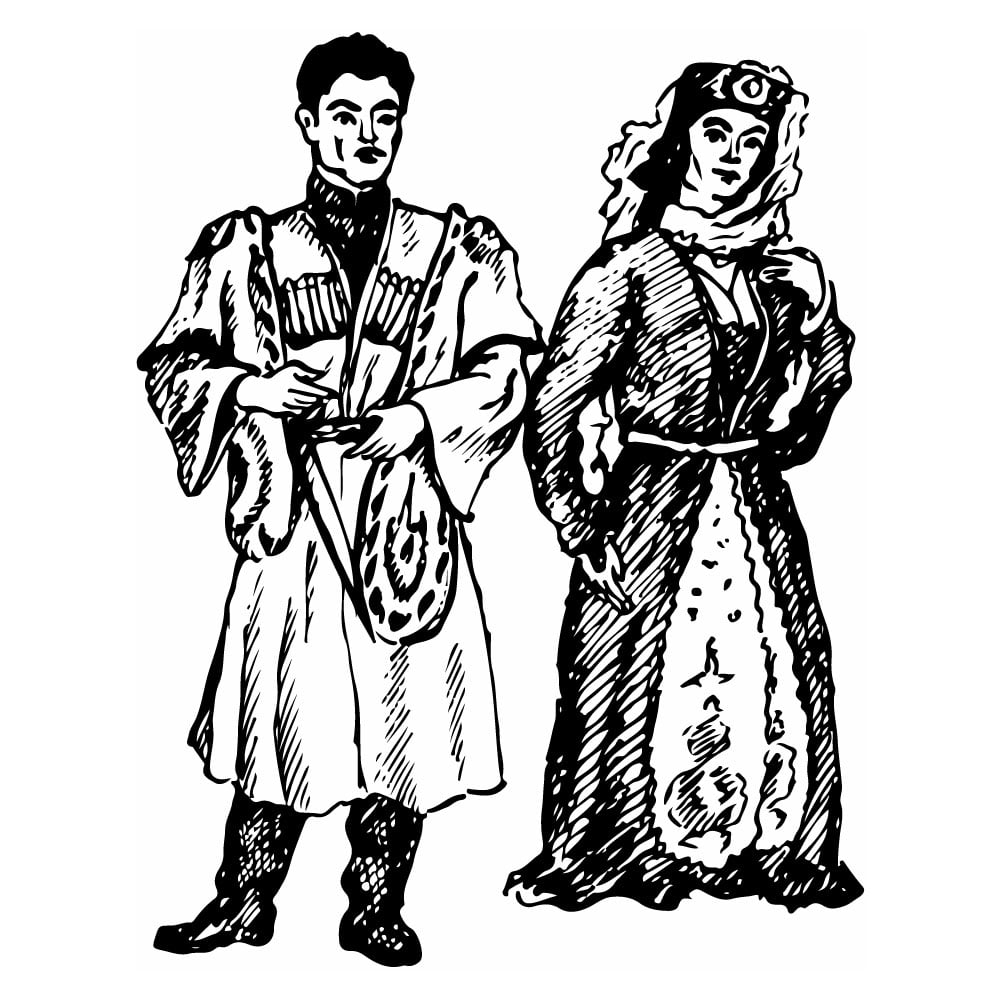Azerbaijans
| Population | 7,021,000 |
| Language group | Group of Turkic languages |
| Language | Azerbaijan |
| Religion | Islam/Sunnite, Shiite |
*Population estimates for 1994
Azerbaijan is situated in the eastern part of the Transcaucasus. Its southernmost point is on the same latitude as Athens, Palermo, and Lisbon. High mountains protect Azerbaijan from cold northern winds. In fact, it is the hottest country in the CIS.
Azerbaijan is also one of the most ancient centers of civilization.
The union of the Lulubei and Kutiy tribes was formed in the southwestern parts of the present South (Iranian) Azerbaijan at the end of third millennium BC. At the beginning of the first millennium, the tribes living south and west from Lake Urmia were Mannei. The Midyans lived to the East and southeast of the Mannei. There were also tribes of Kadysi, Kaspi, Uibans, and others. The tribes living in Azerbaijan had close contacts with the Urarts and, from behind the Greater Caucasus, the Kimmeriy and Scythes.
Albania was the old name for the major part of Azerbaijan and the southern part of Daghestan. The Albanians as well as the Legz, Udins, and other tribes lived there.
Toward the fourth century, under the influence of the Byzantine empire and some other neighboring countries, Christianity became the official religion of Azerbaijan.
In the middle of the seventh century, Arab aggressors invaded the Transcaucasus region, but only in the eighth century, after the people’s resistance was broken, did the caliphate manage to occupy the whole Azerbaijan territory. After that, Islam was introduced to Azerbaijan by force.
Today, Azerbaijan is a diverse state, but the majority of its population is still Azerbaijani. About 85 percent of all Azerbaijanis live within the borders of Azerbaijan; the rest live in Georgia, Armenia, Turkmenia, and Russia. There are also many Azerbaijanis in Iran.
The Azerbaijanis are Caspian representatives of the southern branch of the European race. Their physical characteristics include typically thickset figures, medium height, dark skin, and partially rounded heads with narrow faces, wide noses, and in most cases, big black eyes.
Many century-old Azerbaijan traditions have survived to the modern day. Azerbaijan families are usually large, with four to eight children. Weddings today feature traditions much of the same music, dances, plays, and other activities they did centuries ago.
Azerbaijanis still celebrate many religious holidays, such as Kurban Bairan (Sacrifice Day), Brudzhlug (the holiday after fasting), and Magerramlyg (the mourning ceremony). The most widespread holiday is Novrus-Bairan, an ancient ritual of the new year and spring. It is celebrated on the spring equinox (March 21st).
Carpet making is one of the traditional Azerbaijan crafts. Among the other artistic handicrafts, metal processing and jeweler’s work have not lost their importance. Carving and painting are widely used in architecture.
Traditional Azerbaijan clothing did not change considerably during the nineteenth and early twentieth centuries. Wide trousers, a simple shirt, and a caftan were the main items of men’s clothes. Women’s clothing consisted of a short blouse, a long, wide skirt, and hand-knitted socks. They wore jewelry to adorn their heads, necks, breasts, and hands. Azerbaijan clothes have undergone great changes since the 1920s. The traditional features have disappeared, and urban clothes now prevail.
This is Ad 1


